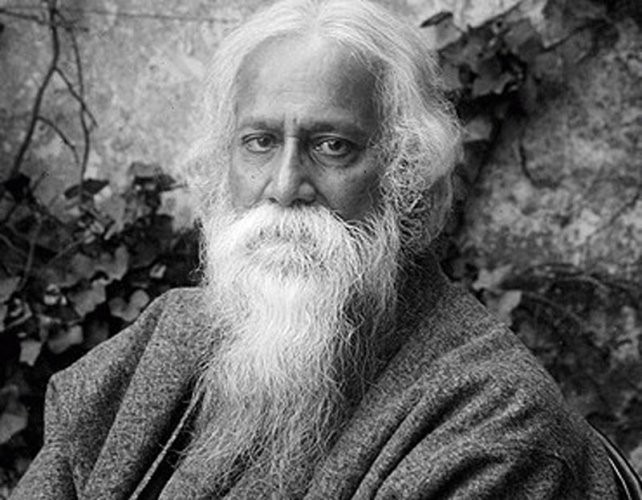The clanging and banging begins at first light, sometimes competing with the second call to prayer from the neighborhood mosques at sunrise. Bare-chested laborers wearing lungi--the traditional Bangladeshi loincloth--and flip-flops move slowly through the building sites carrying pipes and rebar, hoisting metal scaffolding into place, securing clamps and joints. All over Gulshan-2, an upscale residential and commercial district in north Dhaka, a construction boom is under way. Hillocks of bricks, gravel and sand spill over from building sites onto the sidewalks and roads; yellow Tata trucks carrying building materials weave among the cars, auto-rickshaws and bicycle rickshaws.
Although construction is under way all over Dhaka--most notably for the new subway system, worsening the city's already notorious traffic snarls--it's most in evidence in the sprawling suburbs to the north. These are high-rent districts with five-star hotels, Japanese, Korean and European restaurants, international clubs (where alcohol is served) and coffee shops with reliable wi-fi that style themselves as bistrots, all mixed in with the usual Bangladesh commercial line-up of small retail stores, open-air markets, tea stalls and tailors and cobblers who set up shop on the sidewalks.
My not-very-systematic analysis (in other words, what I’ve observed from car windows) of the names of these apartment blocks with their high boundary walls and security gates suggest two dominant themes--status and nature. You can enjoy the prestige of living at The Envoy, The Statesman, The Diplomat, the Gulshan Crown or the Royal Paradise. Or commune with a few pot plants on the balcony at the Gardenia or the Serenity Garden. Some names remind me of those treeless new subdivisions in the US, called "The Oaks at ..." or "The Willows at ..." Bangladesh residential developers have adopted similar marketing hyperbole for apartment blocks, most of which are at least a dozen stories high. There are "The Villas at ...," "The Residences at ..." In fact, they're all at nowhere in particular; apart from a couple of main drags, such as Gulshan Avenue, all addresses are simply identified by house or block and road number.
Stephanie and I stayed at the spacious, modern apartment of a friend at one of these prosaic addresses. Around the corner, we passed a long metal fence advertising a new development, "The Gardens of Everlasting Bliss." The developer is a local company called Max Space. It’s difficult to find out much about it because almost every page on its website is (perhaps appropriately for a property developer) “under construction.” But if the picture of an apartment on the home page is anything to go by, this will be just another high-rise with a gate, guards and security cameras. If there's a garden at all, it will be on the roof.
Luckily, I was able to get a bird’s eye view of The Gardens of Everlasting Bliss from the other side of the fence, from the kitchen window of the apartment. The workers live on the building site in a shack constructed from metal sheets framed by bamboo poles; an orange tarpaulin keeps the rain from coming in through the cracks between the roof and walls. I'm guessing that a couple of houses with real gardens were demolished to make way for the new development because the site is scattered with jackfruit tree limbs and piles of old bricks, a few of which are used to weigh down the roof of the shack; an old cast-iron bathtub sits on top of a pile of earth. A single power line provides electricity to the shack; from inside, smoke comes from a cook stove and outside washing hangs on a line. The site seems to consist mostly of piles--of corrugated metal sheets, metal scaffolding sections, sand, gravel and dirt. The workers spend most of the day digging holes for foundations. I assume the goal is to have the foundations laid before monsoon season begins in June, after which mixing concrete becomes a risky proposition.
The Gardens of Everlasting Bliss. It sounds like the sort of place a good Muslim, Hindu or Christian would want to end up after a life of piety and self-sacrifice, but I am pretty sure that it's also going to take a good deal of cash to get there. I don’t expect any of the guys living in the shack on the building site are going to upgrade to the penthouse.












